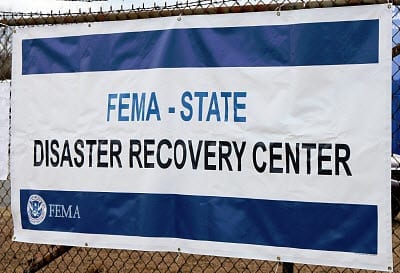FEMA’s program regulations will be subject to a vote in the house as early as this week.
The 2012 law that reformed the National Flood Insurance Program, which is suffering from an overwhelming amount of debt that has no end in sight, will be facing a vote as early as this week, which could partially repeal the regulations that have been put in to place – and more that would have been on their way.
 The point was to try to have the premiums reflect the actual risk more closely than they previously had been. This way, individuals whose homes were more prone to flooding would be footing more of the bill. However, what the lawmakers had not realized at the time that the law was crated, was how very many homeowners would be impacted by these changes, or how hoard the flood insurance rate increases would be hitting those individuals and families.
The point was to try to have the premiums reflect the actual risk more closely than they previously had been. This way, individuals whose homes were more prone to flooding would be footing more of the bill. However, what the lawmakers had not realized at the time that the law was crated, was how very many homeowners would be impacted by these changes, or how hoard the flood insurance rate increases would be hitting those individuals and families.
FEMA also made some changes to the way that the flood insurance maps would be interpreted.
For example, whereas certain homes in some communities in South Louisiana are below sea level, their insurance premiums hadn’t previously been overwhelmingly high because the zone maps from the Federal Emergency Management Agency (FEMA) had recognized that they were located near massive levees and pumping stations.
However, FEMA has now changed the regulations so that its maps will not recognize any levees that have not been constructed with the U.S. Army Corps of Engineers’ certification. This changes the interpretation of the level of risk presented to those communities and has converted them into zones that are considered to be at a high risk of flooding.
While the concept behind the law, called the Biggert-Waters Flood Insurance Reform Act, did appear to be quite sound on paper, it is not turning out to be quite as practical as many had hoped. The goal was to shift the financial risk of covering properties in high risk flood zones off of the government and onto those homeowners. What had not been expected was that these new maps from FEMA would lead those property owners to face tremendous hikes in their premiums, some of which are tens of thousands of dollars more than they had paid in previous years.
